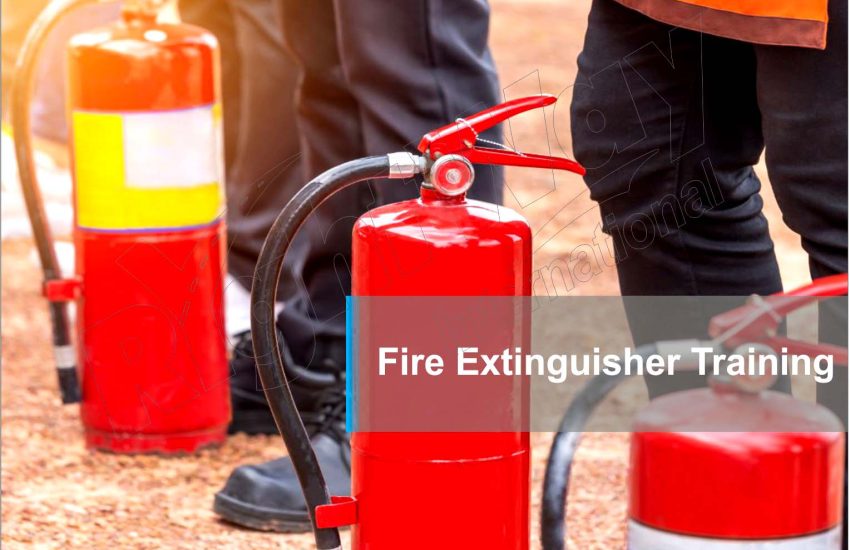Fire Extinguisher Training is a vital component of workplace safety and preparedness. Knowing how to properly use a fire extinguisher can make a significant difference in controlling small fires before they escalate into larger emergencies. This article discusses the importance of fire extinguisher training, the types of extinguishers, and the key components of effective training programs.
Importance of Fire Extinguisher Training
- Life-Saving Skills
- Proper training equips individuals with the skills necessary to respond effectively in the event of a fire, potentially saving lives and minimizing injuries.
- Property Protection
- Early intervention using a fire extinguisher can prevent extensive damage to property and assets, saving both time and money.
- Regulatory Compliance
- Many workplaces are required by law to provide fire extinguisher training to employees, ensuring compliance with safety regulations and standards.
- Building Confidence
- Training helps employees feel more confident in their ability to handle emergencies, reducing panic and promoting a proactive safety culture.
Types of Fire Extinguishers
Understanding the different types of fire extinguishers is crucial for effective training:
- Class A Extinguishers
- Designed for ordinary combustibles like wood, paper, and cloth.
- Class B Extinguishers
- Suitable for flammable liquids such as gasoline, oil, and grease.
- Class C Extinguishers
- Intended for electrical fires, including appliances, wiring, and circuit breakers.
- Class D Extinguishers
- Used for fires involving combustible metals like magnesium and sodium.
- Class K Extinguishers
- Specifically for cooking oils and fats, commonly found in commercial kitchens.
Key Components of Fire Extinguisher Training
- Understanding Fire Basics
- Teach participants about fire behavior, including how fires start, spread, and can be extinguished.
- Extinguisher Selection
- Instruct trainees on how to choose the correct type of extinguisher for different classes of fires.
- Proper Use Techniques
- Train employees on the correct method to use a fire extinguisher, often summarized by the acronym PASS:
- Pull the pin.
- Aim at the base of the fire.
- Squeeze the handle.
- Sweep from side to side.
- Train employees on the correct method to use a fire extinguisher, often summarized by the acronym PASS:
- Hands-On Practice
- Provide opportunities for trainees to practice using fire extinguishers in a controlled environment, such as during live demonstrations or simulations.
- Emergency Response Planning
- Discuss when to use an extinguisher versus when to evacuate and call for professional help.
Conclusion
Fire Extinguisher Training is essential for enhancing safety and preparedness in any environment. By providing employees with the knowledge and skills to effectively use fire extinguishers, organizations can foster a culture of safety that protects lives and property. Regular training sessions, combined with hands-on practice, ensure that individuals are ready to respond calmly and effectively in the event of a fire emergency. Investing in fire safety training is a crucial step toward a safer workplace for everyone.


